About Temple of the Emerald Buddha
The Emerald Buddha sits atop a golden pedestal, radiating an aura of sacredness. Carved from a single block of jade, its deep green hue contrasts beautifully with the shimmering gold around it. The statue is dressed in seasonal robes, changed three times a year to mark Thailand’s summer, rainy, and cool seasons. The intricate details of the robes, adorned with gold and precious stones, reflect the craftsmanship and devotion poured into this revered figure.
Surrounding the Emerald Buddha are richly decorated walls and columns, covered in gold leaf and intricate murals. These murals depict scenes from the Ramakien, Thailand’s national epic, blending mythology with history. The temple’s roof glimmers with multi-colored tiles, while golden nagas—serpent-like creatures—guard the stairways, symbolizing protection and divine presence.
Historical Significance
The Emerald Buddha has been a symbol of Thai sovereignty and spirituality since its discovery in the 15th century. It was first found in Chiang Rai, encased in stucco, before being moved to various cities, including Chiang Mai and Vientiane. In 1784, King Rama I brought it to Bangkok and enshrined it in the Temple of the Emerald Buddha, or Wat Phra Kaew, within the Grand Palace complex. Its journey reflects the shifting centers of power and faith in Thai history.
Plan your perfect trip to Bangkok with Travo! Download now and start exploring.
Sacred Atmosphere
The temple exudes a sense of reverence and tranquility. Visitors remove their shoes before entering, a gesture of respect. Inside, the air is filled with the faint scent of incense, and the soft chanting of monks adds to the spiritual ambiance. The Emerald Buddha itself is elevated high above the ground, emphasizing its divine status and separating it from the earthly realm.
Artistic Details
The craftsmanship of the temple is unparalleled. The golden pedestal supporting the Emerald Buddha is adorned with intricate carvings of mythical creatures and floral patterns. The murals on the walls are painted with vibrant colors, telling stories of gods, demons, and heroes. The temple’s architecture combines traditional Thai elements with influences from neighboring cultures, creating a harmonious blend of artistry and spirituality.
Symbolism and Meaning
The Emerald Buddha represents the spiritual heart of Thailand. Its seasonal robes signify the connection between religion and the natural world, while its jade material symbolizes purity and enlightenment. The temple itself serves as a reminder of the enduring power of faith and the unity of the Thai people under their shared cultural heritage.
Present-Day Significance
Today, the Temple of the Emerald Buddha is not only a place of worship but also a cultural landmark. It attracts millions of visitors annually, both Thai and international, who come to admire its beauty and seek blessings. The temple remains a vital part of royal ceremonies, with the King of Thailand presiding over the changing of the Buddha’s robes, a ritual that underscores the deep connection between the monarchy and Buddhism.
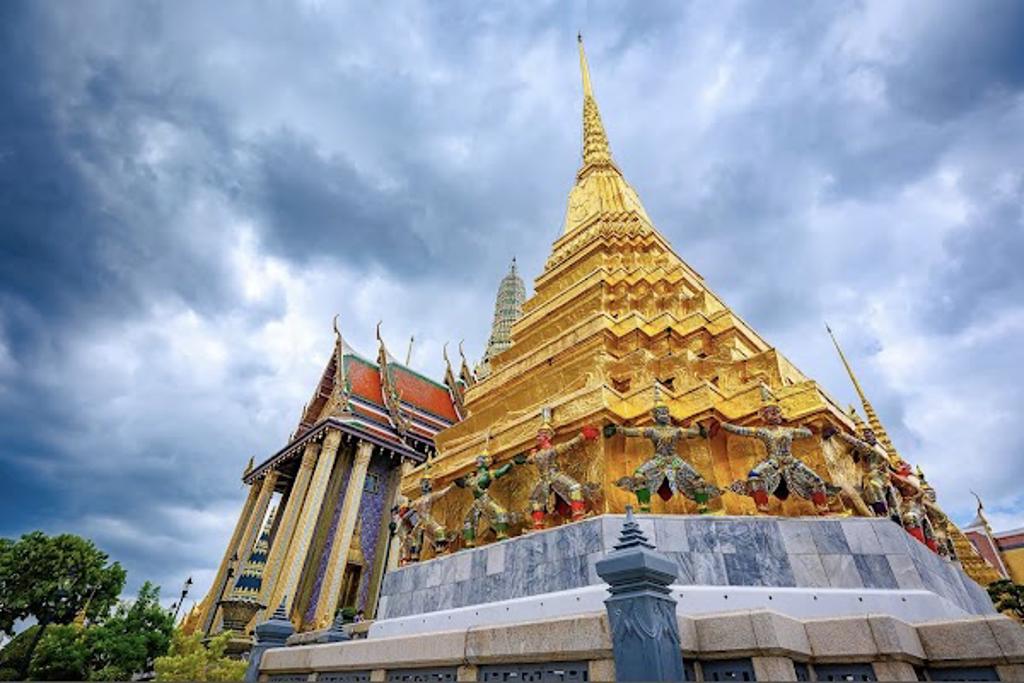
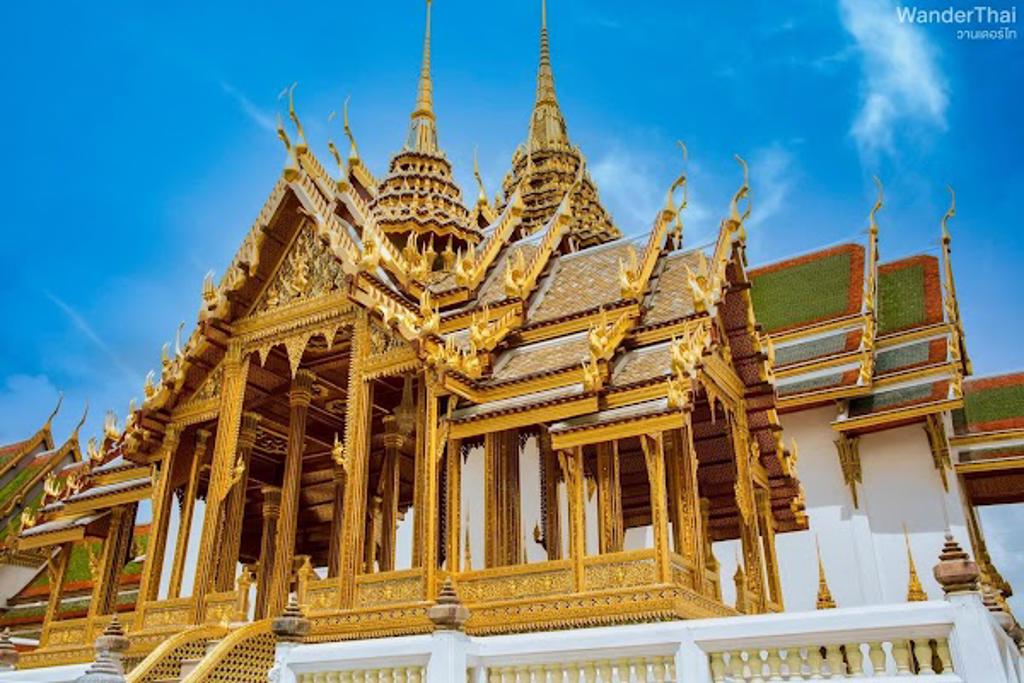
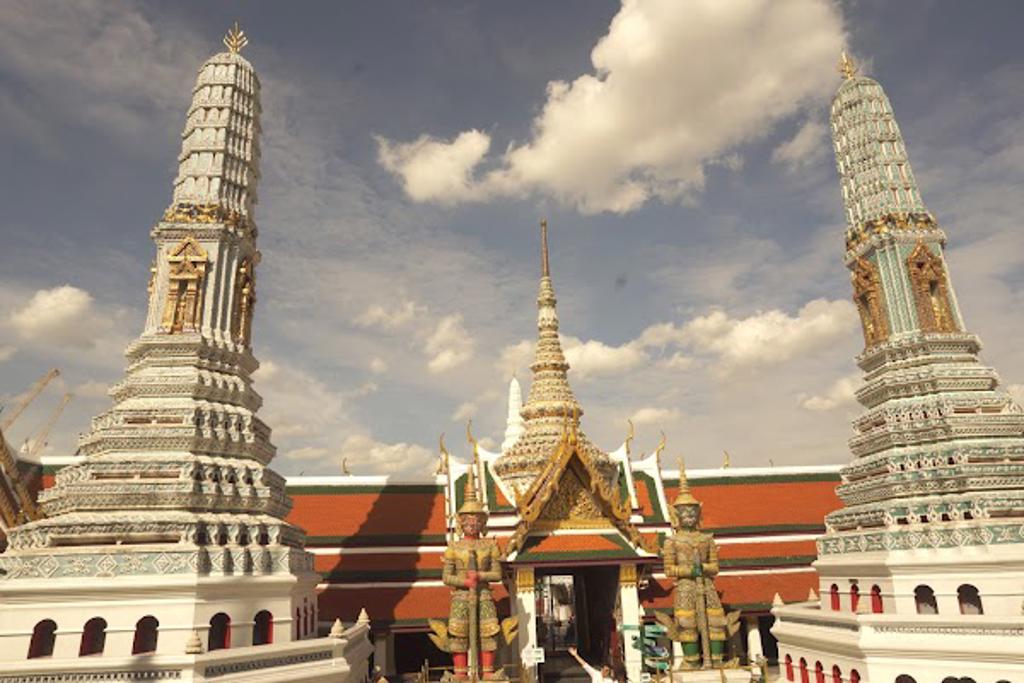
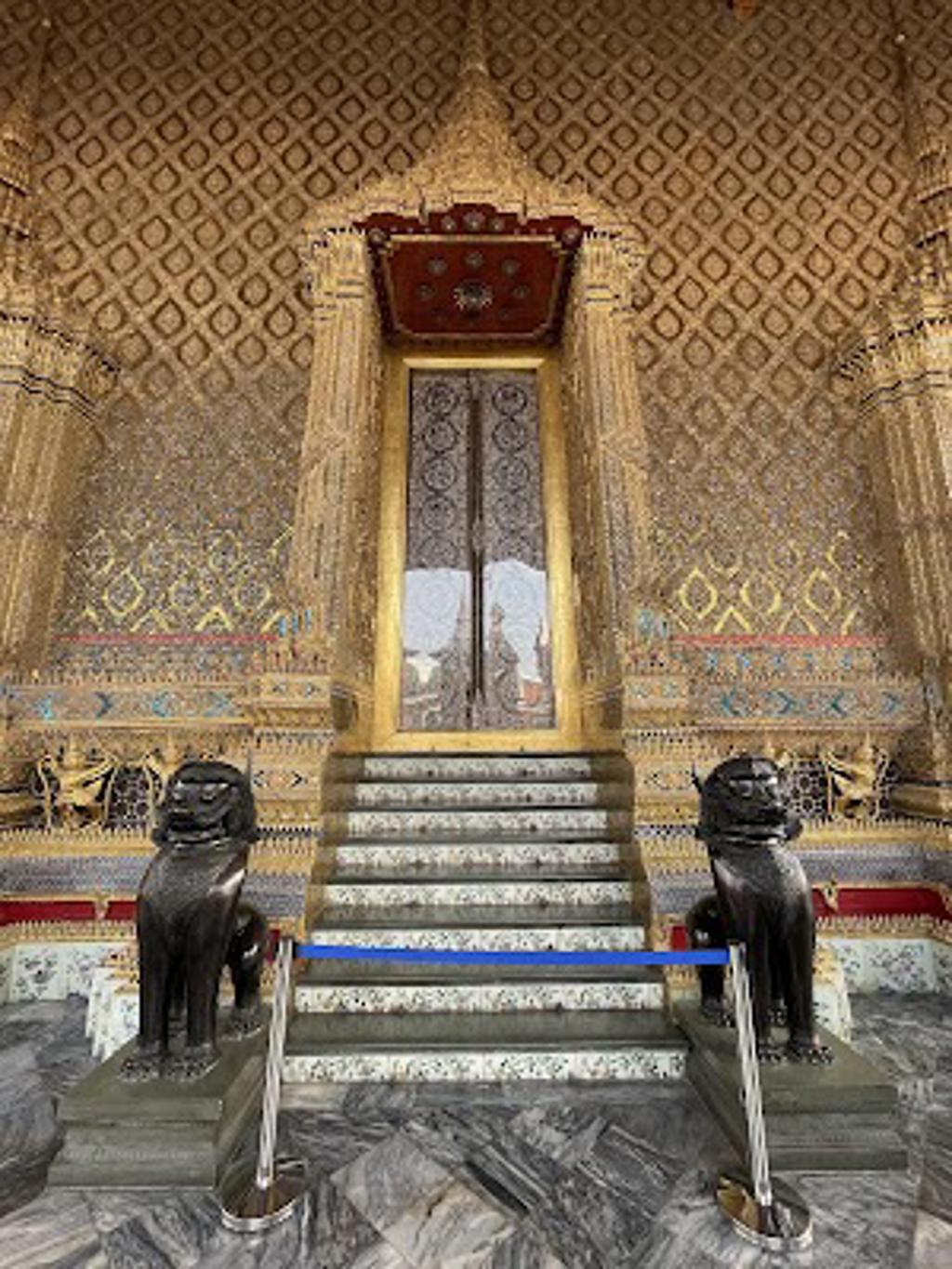
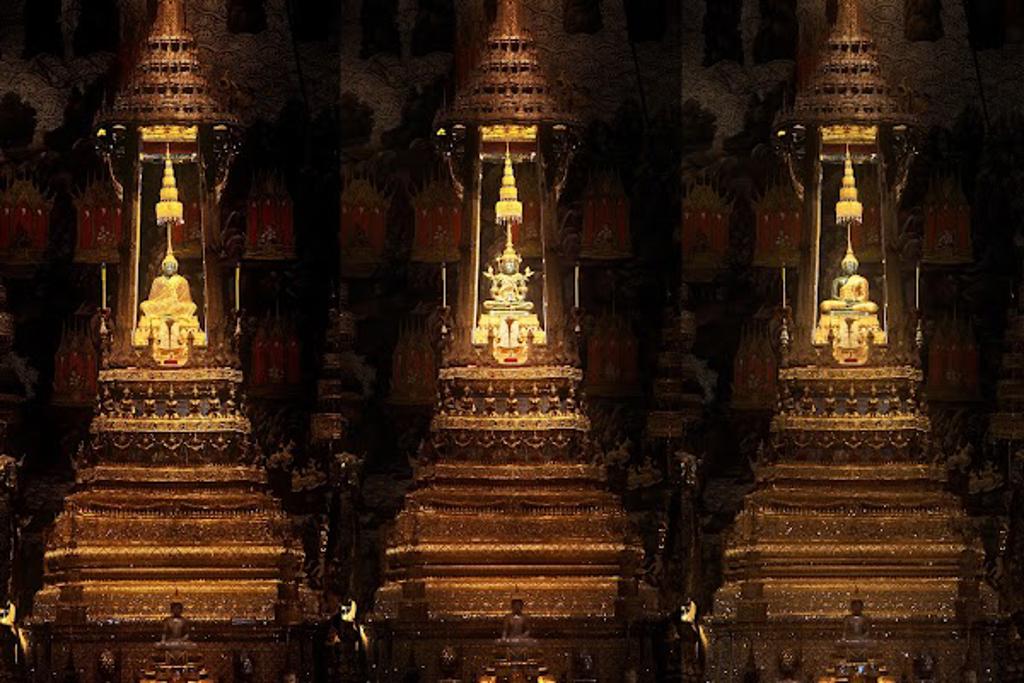

Map loading...
Location
ถนนหน้าพระลาน, 10200, กรุงเทพมหานคร
